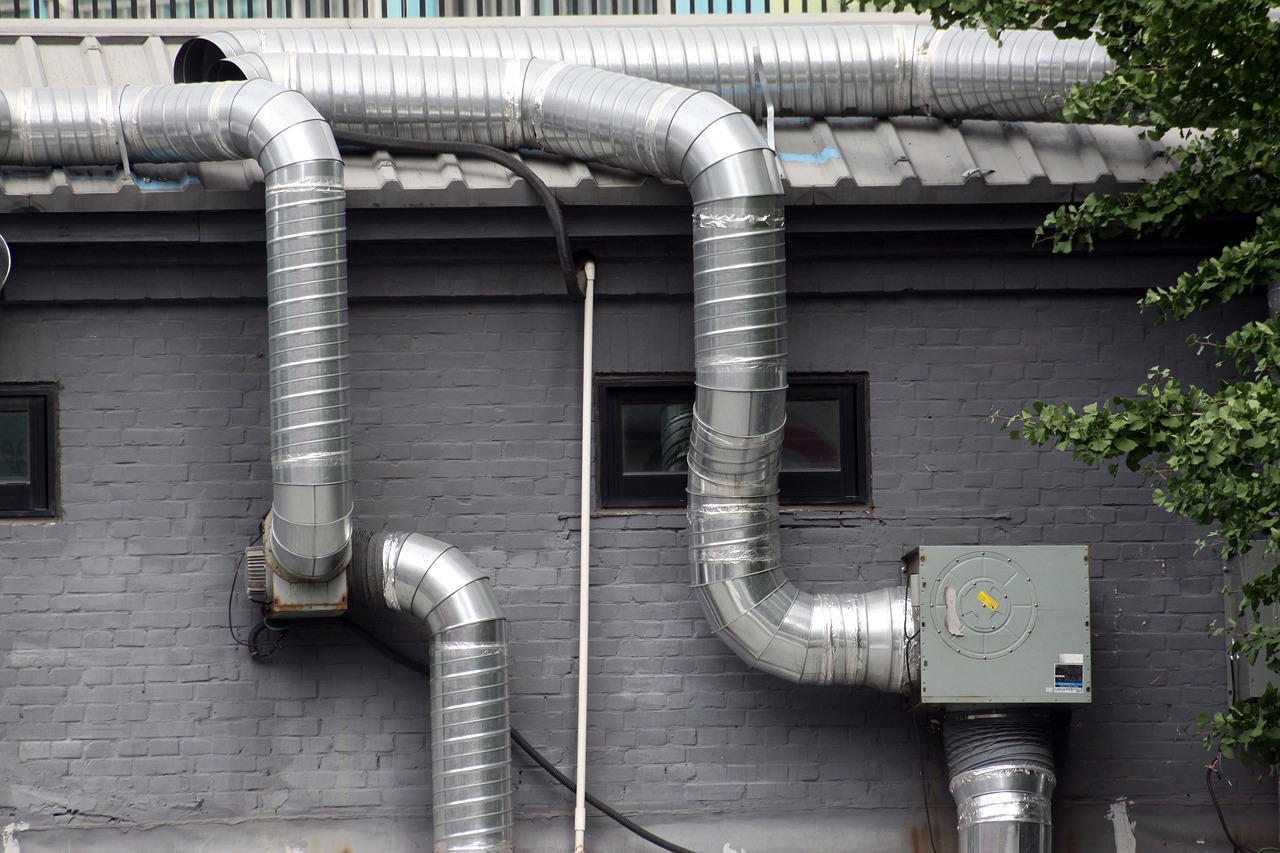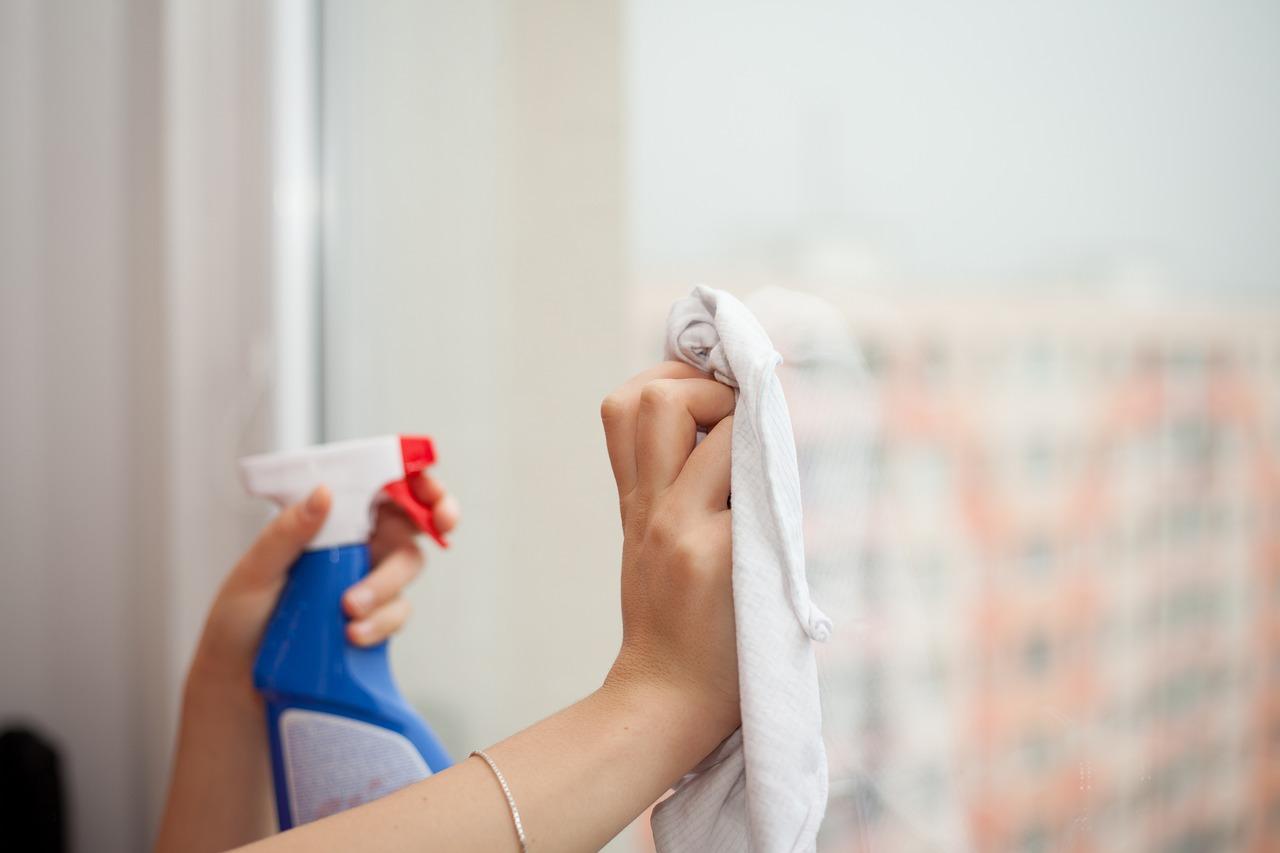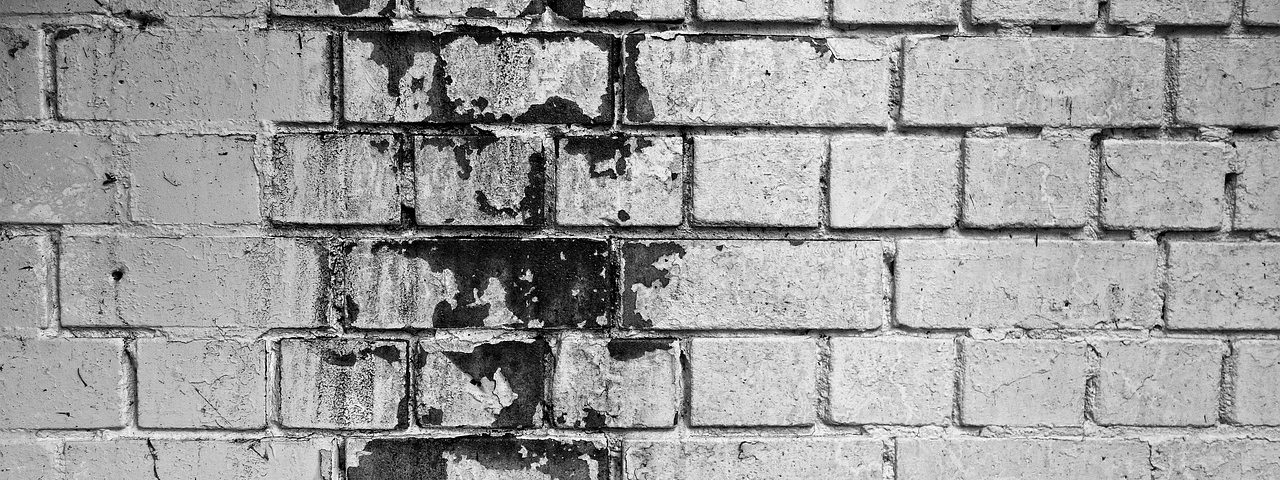Mold is a persistent problem that can silently invade our living spaces, posing serious health risks and causing structural damage to our homes. This microscopic fungi thrives in damp, humid environments and can spread rapidly if left unchecked. In this comprehensive guide, we’ll explore effective strategies to prevent mold growth, identify existing mold problems, and implement thorough treatment methods to ensure a healthy, mold-free home environment.
Understanding Mold: Causes and Types
Mold is a natural part of our environment, but when it infiltrates our homes, it can become a significant issue. To effectively combat mold, it’s crucial to understand what causes it to grow and the various types you might encounter. This knowledge will empower you to take proactive steps in mold prevention and treatment.
Common Causes of Mold Growth
Mold requires specific conditions to thrive, and understanding these can help you prevent its growth in your home.
- Excess moisture from leaks, flooding, or high humidity
- Poor ventilation, especially in bathrooms and kitchens
- Condensation on windows, pipes, and walls
- Damp basements or crawl spaces
- Water-damaged building materials
- Improper drainage around the home’s foundation
Types of Household Mold
While there are thousands of mold species, certain types are more commonly found in homes. Recognizing these can help in identification and treatment.
| Mold Type | Appearance | Common Locations | Health Risks |
|---|---|---|---|
| Aspergillus | Green, gray, or white | Air conditioning systems, foods | Respiratory infections, allergic reactions |
| Penicillium | Blue or green, velvety texture | Carpets, wallpaper, ducting | Allergies, asthma, sinusitis |
| Stachybotrys (Black Mold) | Dark green or black, slimy | Damp areas with cellulose material | Severe allergic reactions, respiratory issues |
| Alternaria | Dark green or brown, with a velvety texture | Damp areas, fabrics, window frames | Asthma attacks, allergic responses |
| Cladosporium | Olive-green to brown or black | Fabrics, wood surfaces, HVAC systems | Respiratory issues, skin and eye irritation |
Prevention Strategies
Preventing mold growth is far easier and more cost-effective than treating an existing problem. By implementing these strategies, you can significantly reduce the risk of mold infestation in your home.
Maintaining Proper Ventilation

Good airflow is crucial in preventing mold growth by reducing moisture and humidity levels in your home.
- Install and use exhaust fans in bathrooms, kitchens, and laundry rooms
- Open windows regularly to allow fresh air circulation
- Use dehumidifiers in damp areas like basements
- Ensure attics and crawl spaces are properly ventilated
- Keep air conditioning drip pans clean and drain lines clear
- Position furniture away from walls to improve air circulation
Controlling Humidity Levels
Maintaining optimal humidity levels is key to preventing mold growth. Here’s how to monitor and control humidity in your home:
| Humidity Level | Classification | Recommended Action |
|---|---|---|
| Below 30% | Too Dry | Use a humidifier to increase moisture |
| 30-50% | Ideal | Maintain current conditions |
| 50-60% | Acceptable | Monitor closely, consider dehumidification |
| Above 60% | Too Humid | Use a dehumidifier or improve ventilation |
Tools for monitoring humidity:
- Digital hygrometer
- Smart home sensors
- HVAC system with built-in humidity control
Regular Home Maintenance
Routine maintenance can prevent conditions that lead to mold growth. Here’s a checklist to follow:
- Inspect and repair roof leaks promptly
- Clean gutters and ensure proper drainage away from the house
- Check and fix plumbing leaks immediately
- Seal windows and doors to prevent water infiltration
- Maintain and clean HVAC systems regularly
- Dry any water spills or floods within 24-48 hours
- Inspect basement walls and floors for moisture regularly
- Apply mold-resistant products when renovating or building
Identifying Mold in Your Home
Early detection of mold can prevent extensive damage and health issues. Knowing what to look for and where to look is crucial in identifying mold problems before they become severe.
Signs of Mold Growth
Mold isn’t always visible, but there are several indicators that can alert you to its presence:
- Visible mold growth (often appears as spots)
- Musty, earthy odors
- Water stains or discoloration on walls, ceilings, or floors
- Peeling, bubbling, or cracking of paint or wallpaper
- Warping of wood or drywall
- Increased allergy symptoms or respiratory issues
- Excessive condensation on windows or pipes
Tools and Techniques for Detection
When mold isn’t visible, you may need to employ specific tools and techniques to detect its presence.
| Detection Method | Pros | Cons | Best For |
|---|---|---|---|
| Visual Inspection | No cost, immediate results | Can miss hidden mold | Regular home checks |
| Moisture Meter | Detects moisture that can lead to mold | Doesn’t detect mold directly | Identifying potential problem areas |
| Mold Testing Kits | Can identify mold types | Results take time, can be inaccurate | Confirming suspicions of mold |
| Infrared Cameras | Can detect moisture in walls | Expensive, requires interpretation | Professional inspections |
| Air Sampling | Detects airborne mold spores | Expensive, requires lab analysis | Comprehensive mold assessments |
Effective Mold Treatment Methods

Once mold is detected, prompt and thorough treatment is essential to prevent its spread and recurrence. The method you choose will depend on the extent of the mold growth and the affected materials.
DIY Mold Removal Techniques
For small areas of mold (less than 10 square feet), you may be able to handle the removal yourself. Follow these steps:
- Wear protective gear (N95 respirator, gloves, goggles)
- Isolate the area to prevent spore spread
- Remove any porous materials with mold growth (e.g., drywall, carpet)
- Clean non-porous surfaces with detergent and water
- Disinfect the area with a mold-killing solution
- Dry the area completely
- Dispose of moldy materials in sealed plastic bags
When to Call Professionals
Professional remediation is necessary in certain situations:
- Mold covers a large area (more than 10 square feet)
- Mold is in HVAC systems
- The mold growth is due to contaminated water
- You have health concerns or chronic respiratory issues
- The mold returns after repeated cleaning attempts
- Hidden mold is suspected within walls or under floors
Safe Mold Removal Products
Choosing the right products can make mold removal more effective and safer.
| Product | Effectiveness | Safety Considerations | Best Use |
|---|---|---|---|
| White Vinegar | Moderate | Very safe, natural | Small areas, light mold |
| Hydrogen Peroxide | High | Safe when diluted | Non-porous surfaces |
| Borax | High | Low toxicity | Porous materials |
| Tea Tree Oil | High | Natural, strong odor | Small areas, alternative to chemicals |
| Commercial Mold Removers | Very High | Follow safety instructions | Stubborn mold, large areas |
Post-Treatment Steps and Maintenance
After treating mold, it’s crucial to take steps to prevent its return and maintain a mold-resistant environment.
Ongoing Monitoring and Maintenance
Regular checks and maintenance can keep mold at bay:
- Conduct monthly visual inspections of potential problem areas
- Monitor indoor humidity levels regularly
- Clean and dry any water spills immediately
- Maintain proper ventilation, especially in high-moisture areas
- Keep HVAC systems clean and well-maintained
- Regularly clean and inspect gutters and downspouts
- Reapply mold-inhibiting products as needed
Improving Home Environment
Long-term changes can significantly reduce the risk of future mold growth:
| Improvement | Impact on Mold Prevention | Implementation Difficulty |
|---|---|---|
| Install whole-house dehumidifier | High | Moderate |
| Upgrade to mold-resistant building materials | High | High (during renovations) |
| Improve outdoor drainage | High | Moderate |
| Install basement waterproofing | Very High | High |
| Use mold-resistant paint | Moderate | Low |
| Upgrade ventilation systems | High | Moderate to High |
Conclusion
Preventing and treating mold in your home is crucial for maintaining a healthy living environment and protecting your property’s structural integrity. By implementing the strategies outlined in this guide, you can significantly reduce the risk of mold growth and effectively address any existing mold issues. Remember these key points:
- Control moisture and humidity levels in your home
- Maintain proper ventilation and air circulation
- Conduct regular inspections and promptly address any water damage
- Use appropriate protective gear and safe products when treating mold
- Know when to call in professional help for extensive mold problems
- Implement long-term improvements to create a mold-resistant home environment
By staying vigilant and proactive in your approach to mold prevention and treatment, you can ensure a healthier, safer, and more comfortable living space for you and your family.

